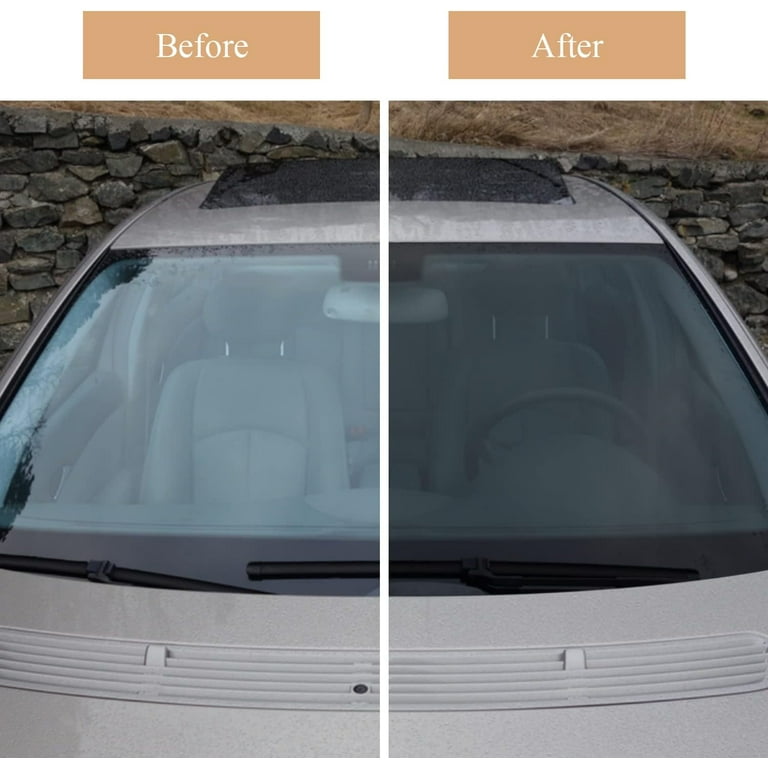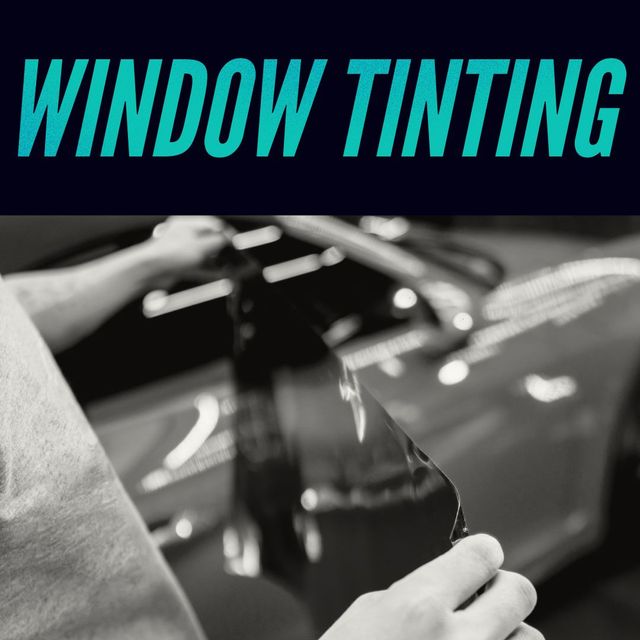Window Tinting Laws and Standards: What You Required to Know Before Tinting Your Car
Before waging home window tinting for your automobile, it is necessary to familiarize on your own with the varied laws and standards that control this technique across various states. These laws dictate the permissible levels of color darkness, typically gauged by noticeable light transmission (VLT) percentages, and include certain specifications for front windshields intended at making sure roadway safety. Furthermore, certain jurisdictions may offer clinical exceptions for people with qualifying conditions. Comprehending these intricacies can save you from potential legal ramifications, yet what are the certain rules in your state?
Introduction of Window Tinting Rules
Home window tinting regulations are frequently based on variation across different jurisdictions, mirroring neighborhood guidelines and safety and security considerations. These regulations dictate the acceptable levels of color darkness and reflectiveness on vehicle home windows, making sure that motorists preserve sufficient visibility while likewise protecting against damaging UV rays and warm.
Most guidelines classify window tinting based on the Visible Light Transmission (VLT) percent, which shows the quantity of light that can travel through the home window. Usually, lower VLT portions symbolize darker colors. Legislations commonly differentiate between the front, side, and back windows, with more stringent limitations related to the front windscreen to boost safety and security for both the chauffeur and other roadway individuals.
Compliance with home window tinting regulations is important, as infractions can result in penalties, mandatory removal of the color, and potential rises in insurance policy premiums. It is necessary for vehicle owners to familiarize themselves with regional laws before continuing with home window tinting setups.
State-by-State Color Laws
Comprehending the details window tinting laws in each state is important for automobile owners seeking to comply with the regulation. Each state in the U.S. has established its own collection of rules governing window tinting, which can vary significantly. These policies often determine the permitted degrees of color darkness, the sorts of windows that can be tinted, and any medical exemptions that may use.
For example, states like California have rigorous constraints on color darkness for front windows, while others, such as New Mexico, might permit darker tints. Furthermore, specific states mandate particular visibility percents for numerous windows, consisting of the windshield, front side home windows, and back windows. It is crucial for automobile proprietors to acquaint themselves with their state's laws to stay clear of potential fines or penalties.
Moreover, some states may require an accreditation sticker to be put on colored windows, indicating compliance with state legislations. Failing to stick to these guidelines not only takes the chance of lawful repercussions but can likewise influence safety and exposure while driving. Automobile proprietors ought to carry out thorough research study or get in touch with regional authorities to make certain full understanding and compliance with state-by-state color guidelines.
Allowed Tint Degrees and Types
Many lorry owners might be stunned to find out that permitted color levels and kinds differ extensively throughout various states. Each state has actually established its very own regulations pertaining weblink to the permitted darkness and reflectivity of home window tint, usually measured by Visible Light Transmission (VLT) percentages. VLT refers to the amount of light that can go through the colored windows; hence, a lower percent suggests a darker tint.

In addition, the kinds of color products allowed can differ, with some states forbiding mirror-like or metallic finishes. It is necessary for automobile owners to familiarize themselves with their state's particular regulations to guarantee conformity. Non-compliance can result in penalties, necessary elimination of the tint, or various other lawful effects, making it crucial to understand these laws before proceeding with setup.
Medical Exceptions for Tinting
While not all states supply allocations for clinical exceptions relating to home window tinting, those that do identify the need for particular people to improve exposure and comfort as a result of clinical conditions. Different check out this site clinical conditions, such as lupus, skin cancer cells, and particular eye conditions, can render individuals specifically conscious sunlight. These people may need darker tints to protect themselves from hazardous UV rays and glare.

It is essential to keep in mind that also with a clinical exemption, there may still be limitations on the degree of tint permitted. Conformity with state legislations makes sure that individuals are both protected and within legal restrictions. Those thinking about medical exemptions need to call their regional Department of Motor Vehicles or equivalent authority to comprehend the treatments and needs required to get an exemption effectively.
Fines for Non-Compliance
Falling short to abide by window tinting regulations can cause considerable penalties, which my website differ by state. Police are encouraged to issue citations for vehicles that do not abide by the defined tinting regulations. These fines generally consist of penalties, which can range from small total up to a number of hundred bucks, depending on the seriousness of the infraction and the state concerned.
In some jurisdictions, repeated offenses might cause escalating fines or additional charges, such as obligatory court looks. Furthermore, non-compliance may demand the elimination of illegal tinting, frequently at the owner's cost. In severe situations, regular wrongdoers may encounter suspension of their car enrollment up until conformity is accomplished.
Furthermore, insurance coverage effects might develop from getting multiple citations for window color violations. Insurers might watch such violations as an indicator of riskier actions, possibly resulting in enhanced premiums or trouble in insurance coverage.
To prevent these fines, it is crucial for automobile owners to acquaint themselves with their regional home window tinting legislations and ensure that their vehicle complies (Window Tinting). This positive technique not just avoids lawful implications yet also promotes road security
Verdict

Many guidelines classify home window tinting based on the Visible Light Transmission (VLT) percent, which indicates the quantity of light that can pass with the window. Conformity with window tinting laws is essential, as violations can result in penalties, obligatory elimination of the color, and possible boosts in insurance policy premiums.Recognizing the details window tinting guidelines in each state is crucial for lorry proprietors seeking to abide with the legislation. These regulations usually dictate the allowable levels of color darkness, the types of home windows that can be tinted, and any kind of clinical exemptions that may apply.
For instance, states like California have stringent constraints on tint darkness for front windows, while others, such as New Mexico, might enable darker colors.